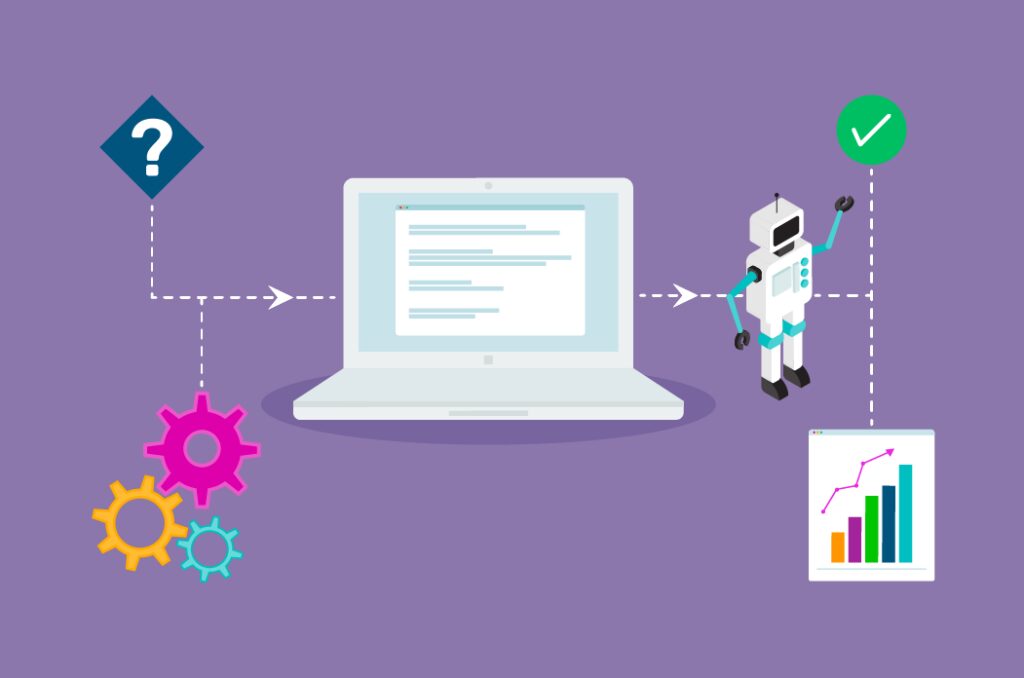Technology is changing the way we work and communicate. For example, the rise of digital media has made staying in touch with friends and family easier. In contrast, the growth of the online business has created new opportunities for professionals to make a living from their passions.
Technology has become so pervasive that it’s difficult to imagine without it. From smart devices that automate chores at home to applications that let teams work remotely, technology is truly everywhere these days. If you face any tech-related issues, don’t hesitate to contact Managed IT Services New Orleans specialists.
The growth of digital media has made it easier to stay in touch with friends and family. In contrast, the growth of the online business has created new opportunities for professionals to make a living from their passions. Technology is also changing the way we work and communicate. The rise of virtual reality headsets has allowed people to experience a sense of immersion into other worlds, whether it’s through games or movies. And artificial intelligence has made the world safer by helping us identify potential threats before they become an issue (like when your chatbot takes over your life). The future is bright for technology, and there’s no stopping its ever-growing influence on our lives!
Furthermore, technology includes such a vast array of valuable tools that living without it is impossible. Employees could only work together across time zones or manage multiple tasks simultaneously with certain apps. Technology can support the efforts of both teams and lone employees when used effectively. Here are four tech-based methods that increase productivity.
1. Group Task Management and Project

Source: timetackle.com
Technology has revolutionized the way people work. Group task management and project planning are two of the significant areas in which technology has impacted the workforce. It has made it easier for teams to share documents, collaborate on projects, and manage tasks effectively.
With the advent of technology, we are seeing a shift in the way businesses and individuals manage their tasks and projects. While some still prefer pen and paper, others use more advanced tools such as Microsoft Project or Trello. One of the most significant advantages of group task management software is that it brings team members together to manage their tasks effectively. Project management software like Microsoft Project or Trello allows individuals to create smart schedules, share files, and collaborate on projects efficiently.
Technology has improved our lives in many ways, but one area that hasn’t caught up with modern times is group task management. Whether you’re a small business owner looking to improve your productivity or a busy parent who wants to be more organized, a group task management tool will help you achieve your goals.
2. Standardized Telecommunications
Businesses today are increasingly turning to technology to streamline their operations. This can be done through the use of telecommunications equipment and systems. These systems allow businesses to connect with each other, share information, and enhance productivity. As a result, these systems enable businesses to be more efficient and get things done faster.
Streamlining business telecommunications can boost productivity by eliminating unnecessary steps and delays. For example, a company can use virtual private networks (VPNs) to connect their remote offices and reduce the time it takes to send documents and other files. Another way to streamline business telecommunications is by using cloud-based solutions that allow companies to access their data from anywhere with an internet connection. This can be particularly useful for companies that have remote offices or employees who travel frequently. Virtualization can also be used to simplify business telecommunications by consolidating multiple separate systems into one centralized platform. By doing so, companies can save on operational and maintenance costs and the complexity of managing different systems.
Technology constantly evolves, and businesses must stay ahead of the curve by ensuring their technology infrastructure is up-to-date and efficient. With the right technology solutions, companies can eliminate costly manual processes, optimize resources, and increase productivity.
3. Automation of Workflows

Source: dispatch.m.io
Automation of workflows can help increase productivity for organizations by allowing processes to be seamlessly executed. Workflows are a series of steps or actions performed in order to achieve a particular outcome. When automation is implemented, workflows are automated to reduce the time and effort required to complete them. This can result in improved efficiency and overall effectiveness since less manual labor is required.
One of the benefits of automation is that it can free up employees’ time to focus on other tasks, such as mentoring new team members or conducting training sessions. Another benefit of automation is the substantially reduced errors and omissions occurring when manually executed workflows. This reduces the risk of mistakes, which may lead to downtimes or missed deadlines.
In addition, automation enables companies to scale their operations quickly by increasing efficiency in handling routine tasks. For example, if a business has many orders that need to be fulfilled each day, it can automate the order fulfillment process and handle those orders in bulk. This will allow them to save time and resources by not having to fulfill each order manually.
Source: ebillity.com
4. Time Trackers
Time trackers are a great way to keep tabs on how you spend your time. They help you see where your time is being spent and can help you identify areas where you can optimize your workflow or reduce waste.
One of the significant benefits of using a time tracker is that it will help you spot opportunities that increase your productivity. For example, if you notice that most of your time is spent on specific tasks or projects, it might be a good idea to investigate whether there are ways to streamline these processes or make them more efficient. You can also use a time tracker to identify areas where you might need to improve your skills by taking courses or gaining certifications.
Another key benefit of using a time tracker is that it forces you to be more conscious about how you spend your time and helps you develop better habits for achieving personal and work goals. It can also help you identify and overcome barriers in your current workflow or organization preventing you from achieving greater productivity. All in all, using a time tracker will help improve the overall efficiency of your workflow and allow you to achieve greater results with less effort and stress!



